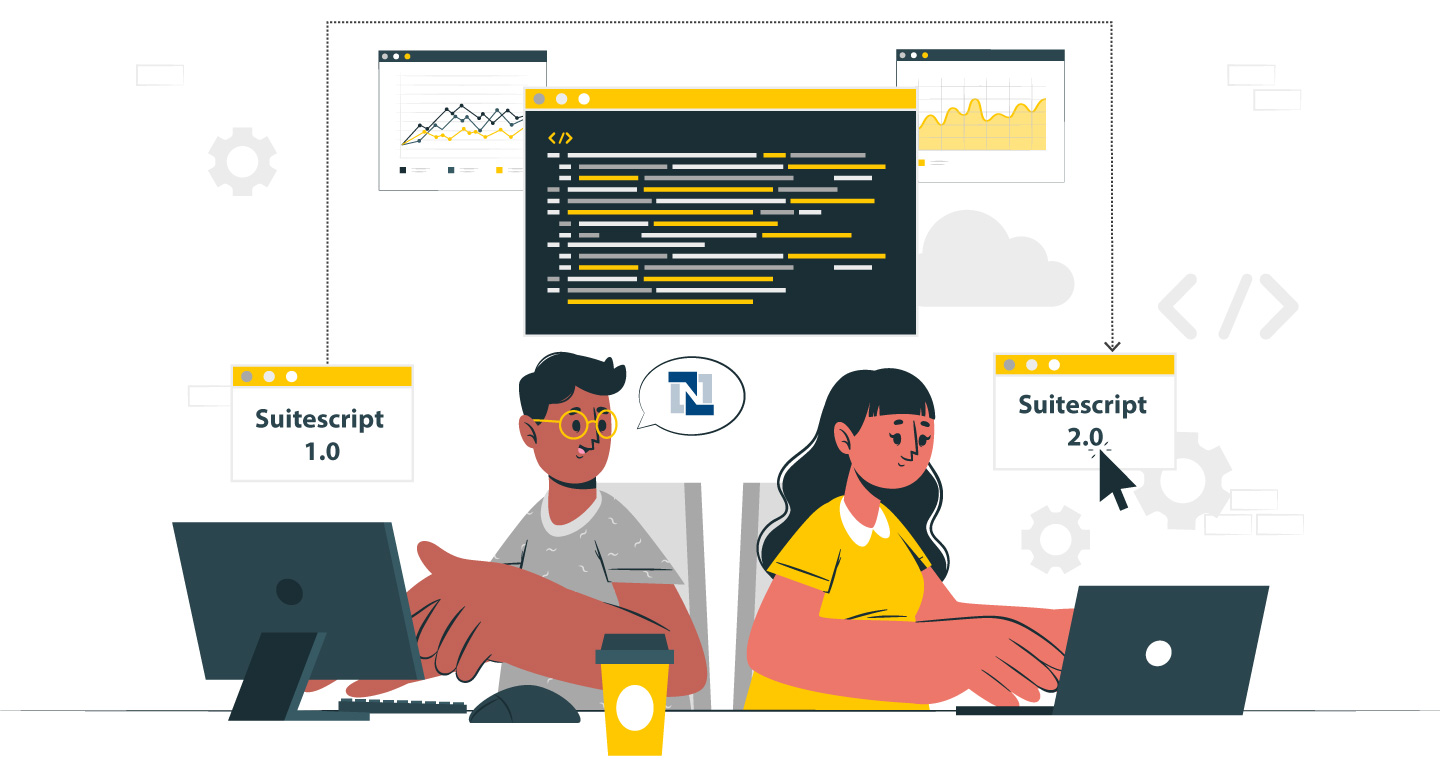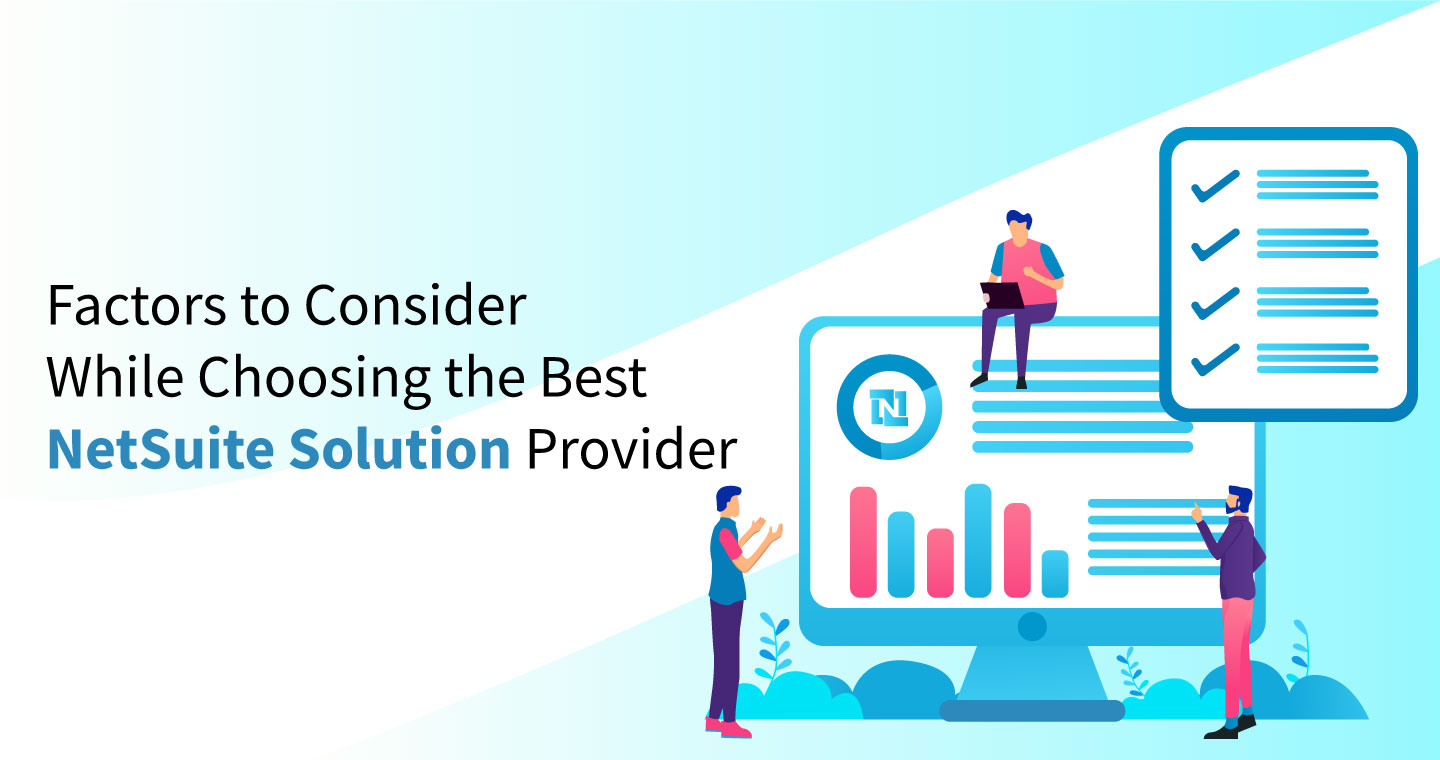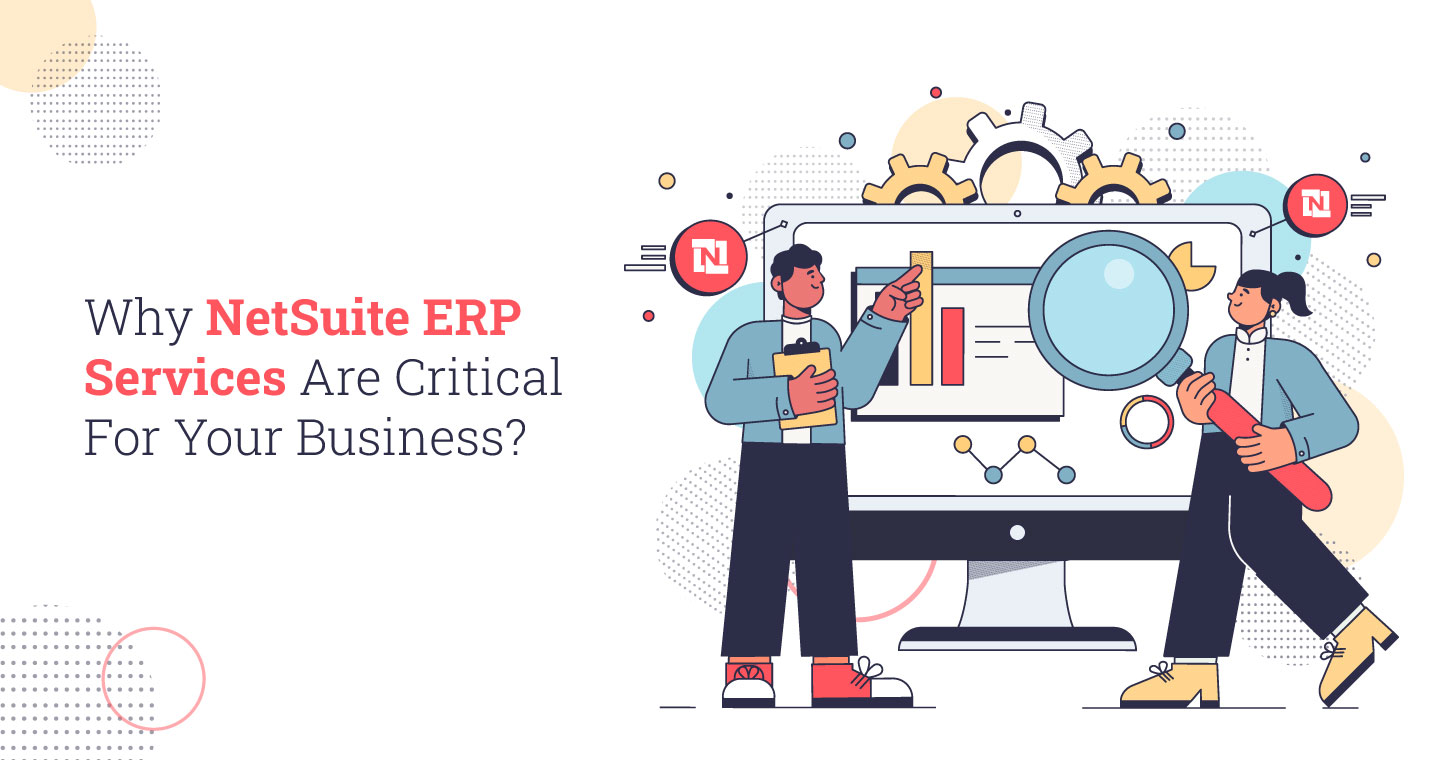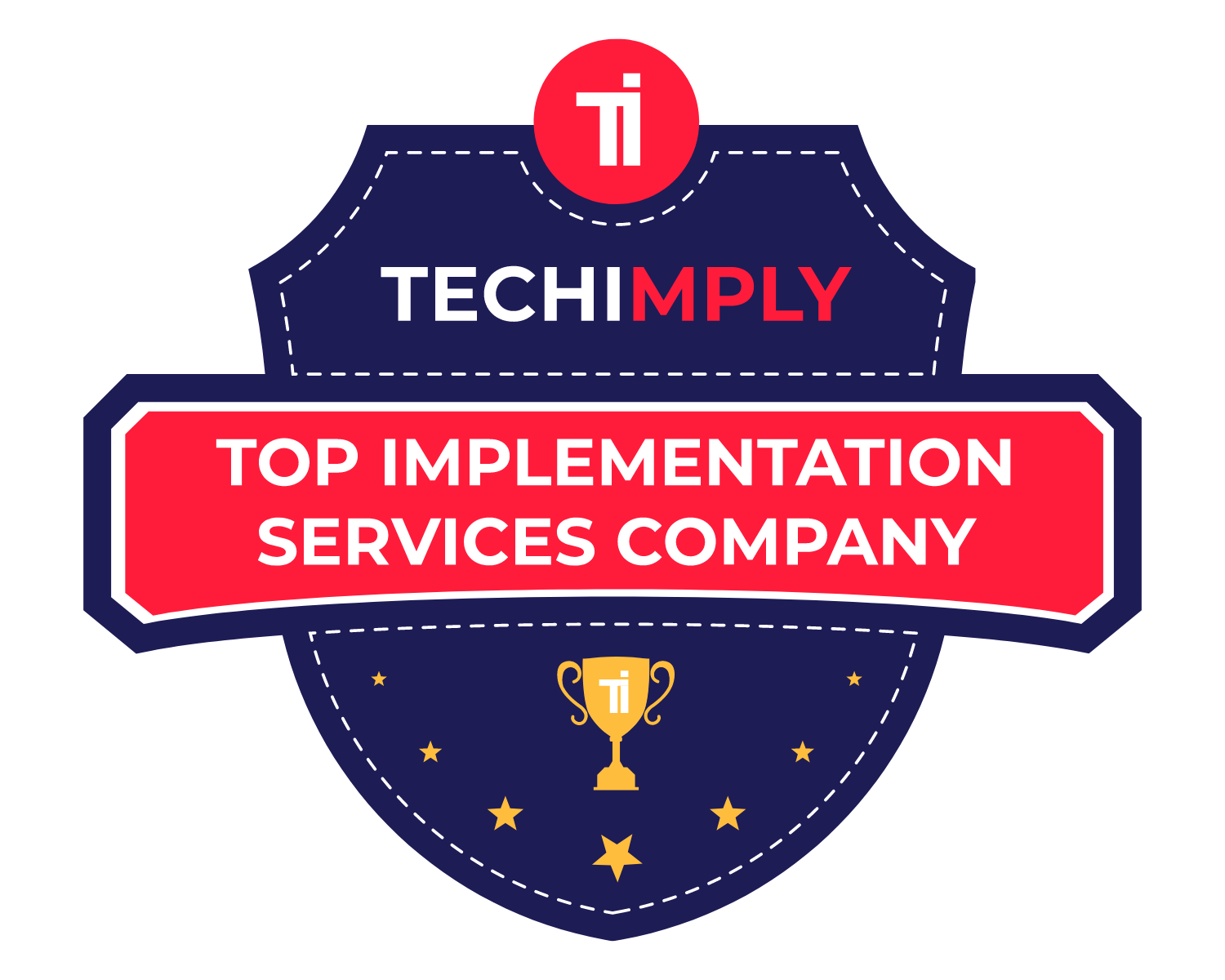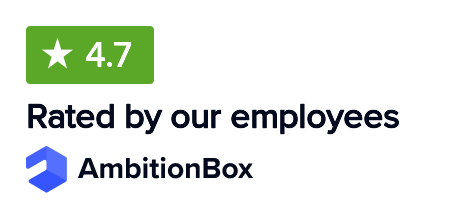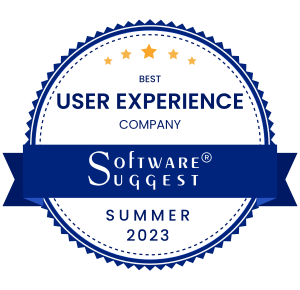Salesforce is considered the most popular and leading CRM system in the market with a global presence across all major enterprises representing diverse niches. Salesforce enjoys unparalleled popularity as a CRM solution for its highly efficient tools for lead generation, sales data management, and account management.
Since NetSuite has emerged as the leading and most versatile ERP solution with the ability to integrate any existing CRM and other legacy software solutions in the enterprise scenario, whether Salesforce can be integrated with NetSuite or not remains a persistent query in all these years. No wonder, NetSuite Salesforce integration is gaining a lot of attention these days.
Yes, Salesforce now can be integrated with the NetSuite ERP platform and the enterprise users can capitalise on the advantages of both software platforms for their business operation. NetSuite comes as the most comprehensive ERP solution to help the management of literally everything in any enterprise, ranging from account to supply chain, sales, and inventory. Now in direction of the right NetSuite consultant after integration of Salesforce, these platforms can be more powerful and robust than ever before. This will help particularly enterprises that are using Salesforce as their preferred CRM solution for quite some time.

There are too many enterprises that actually use both Salesforce and NetSuite, without having any idea how these two solutions can be connected and integrated for bigger business advantages. Thanks to this integration, carrying out a lot of business tasks will be easier than ever before. From generating invoices to preparing sales orders to create data-driven estimates, all will be easier and more precise thanks to the integration of these two powerful platforms.
Read More: Netsuite Integration With Your Business- Here Is Why You Need It The Most
As for the ways to integrate these two platforms, there are few effective methods that are going to discuss here. One can also opt for some professional NetSuite integration services. Salesforce can be integrated with NetSuite through the applications such as iPaaS (Integration-Platform-as-a-Service), Breadwinner, and NetSuite Restlet. Here we are going to explain these three ways in more detail.
iPaas
iPaaS meaning integration Platform as a Service refers to basically cloud-based integration services such as Boomi or Celigo. These cloud-based services offer connectors that can be used for a smooth NetSuite and Salesforce integration. These cloud-based services are already widely used for connecting many enterprise software solutions across the spectrum.
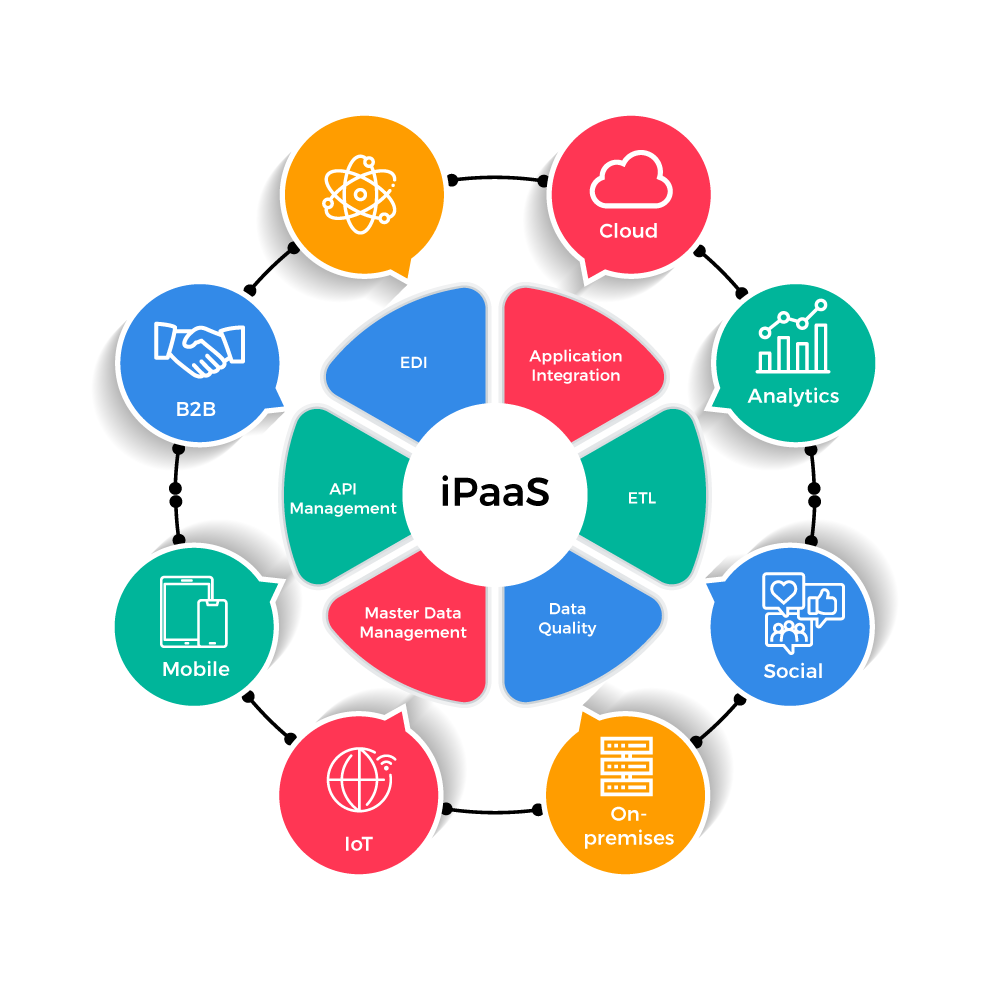
They are good because of the scope of custom configuration they offer and the ease of integrating two different software platforms. These solutions allow easy movement of data from one app to the other and while the data is in transit they also allow modifications in the data as per the enterprise needs.
iPaaS is a great way to integrate Salesforce with NetSuite because this integration can easily transfer data from Salesforce to the NetSuite platform and it allows tidying and modifying the data for better utilisation as well.
The only drawback of this method is that such integration and transfer of data takes a lot of valuable time, considerable effort, and a lot of resources. The huge resources and upfront investment are two major drawbacks of such integration. The post-integration cost and maintenance are also going to create an additional burden on the enterprises while using iPaaS as a method.
In nutshell, the principal benefit of this method is the ease and flexibility while the drawback remains to be the recurring expenses and time-consuming setup.
Breadwinner
Much like the above-mentioned method, we also can use Breadwinner which is a native Salesforce application. The big advantage of this method is it can make the integrated solution up and running within just a single day instead of consuming weeks or months of time.
Though iPaaS solutions like Boomi and Celigo are capable of connecting a whole array of solutions across the niches and categories, Breadwinner is more or less specialised in integrating Salesforce applications with financial solutions. This solution is already known for delivering a much streamlined and frictionless experience and easier setup.
Breadwinner is capable of representing the key NetSuite data right within Salesforce in actual time and this will help in creating highly up to date invoices, bills, and payment records for both clients and the business vendors offering services to the enterprises. On top of that, the solution allows raiding bills, invoices, and records directly in the NetSuite platform while still using the Salesforce app.
Since Breadwinner is a more stripped-off solution without the capability to connect hundreds of tools, it offers more simplicity and ease of configuration than the iPaaS solutions. Fast-paced set up and ease of configuring are the two principal advantages offered by this tool. The only drawback of this integration tool is the very limited repository of tools for data modification.
RESTlet
The ultimate option for connecting Salesforce and NetSuite is a web service offered by NetSuite. This can be regarded as a NetSuite connector for Salesforce. Similar to this enterprises can also make use of several different APIs pertaining to these platforms. RESTlet web service happens to be the most flexible as an option as it allows unlimited configuration capabilities unlike any of the above-mentioned tools we discussed so far.
As this web service allows you to write code on your own, you can shape the connection in your own preferred way. When carrying out a complex integration process such as this, the flexibility offered by the RESTlet web service should be considered as an additional value.
When embracing this approach for integrating two systems, it needs thorough testing of the integration to evaluate how the final result comes out. As financial data happens to be mission-critical for any enterprise, the integration needs to be tested properly to ensure optimum data protection and safety. You should only go for this method if you need in-depth customization and you need to configure several aspects as per your specific enterprise needs.
The key advantage of this method is the awesome scope of customization and the absence of any subscription cost. The biggest drawback of this method is the technical challenges and robust maintenance needs.
Conclusion
Since both Salesforce and NetSuite happen to be the two most popular and dominant enterprise systems, their integration is likely to have a huge demand in the market. As an increasing number of businesses are opting for NetSuite while still not leaving the advantages of Salesforce altogether, these methods of connecting these platforms can be highly effective for helping them to achieve their goals.
Read More: How Netsuite Integration Improves Your Customer Experience


